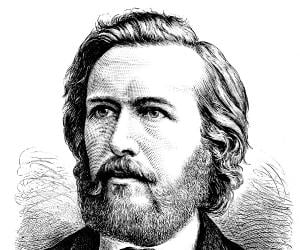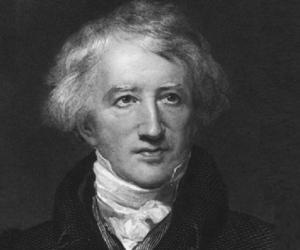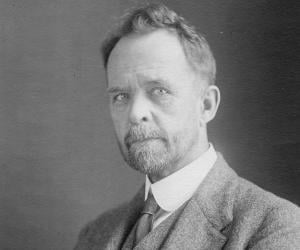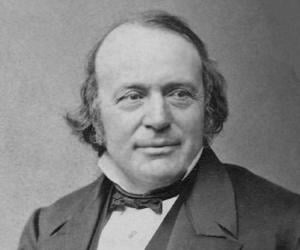Ernst Haeckel had initially practiced medicine before he gained an interest in Charles Darwin’s theory and began exploring zoology and related fields. He not only coined terms such as ecology, but also named numerous species and created a genealogical tree. He drew numerous figures of animals and sea creatures, too.
Georges Cuvier was a French zoologist and naturalist. A major figure in the early 19th century's research of natural sciences, Cuvier played an important role in establishing the fields of comparative paleontology and anatomy by comparing fossils with living animals, for which he is sometimes regarded as the founding father of paleontology.
Thomas Hunt Morgan was an evolutionary biologist, geneticist, and embryologist. He won the Nobel Prize in Physiology or Medicine in 1933. He worked extensively on the role that the chromosome plays in heredity and demonstrated that genes are carried on chromosomes. In his later career, he established the division of biology at the California Institute of Technology.
Louis Agassiz was a biologist and geologist. He was famous as a scholar of Earth's natural history. Born in Switzerland, he completed his education in Europe and emigrated to USA. He was appointed a professor of zoology and geology at Harvard University. He later founded the Museum of Comparative Zoology at the Lawrence Scientific School.
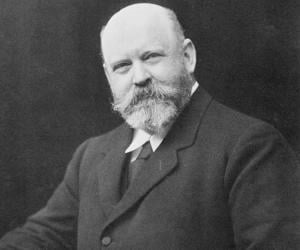
Walter Rothschild, 2nd Baron Rothschild was a British soldier, politician, zoologist, and banker. He is best remembered for his service as the president of the largest Jewish communal organization in the UK, the Board of Deputies of British Jews, between 1925 and 1926. Walter Rothschild also made immense contributions to the field of zoology.
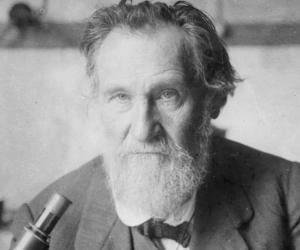
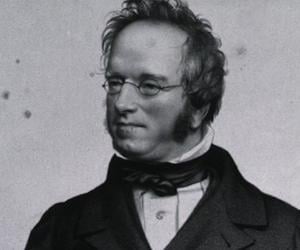
John Edward Gray was a British zoologist best remembered for his association with the British Museum in London, where he was the keeper of zoology from 1840 to 1874. John Edward Gray is also remembered for publishing several records of the museum collections that included descriptions of new species.
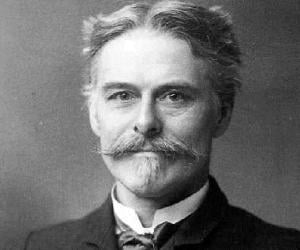
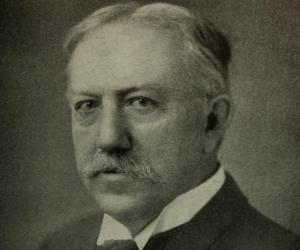
Remembered as the first president of the Leland Stanford Junior University, now known as Stanford University, David Starr Jordan was a reputed ichthyologist. An anti-war activist, too, who opposed America’s participation in World War I, he spent his later years as the chief director of the World Peace Foundation.
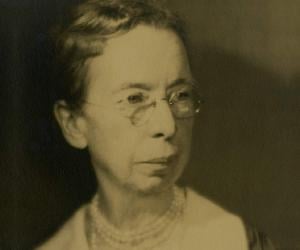
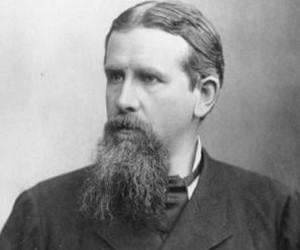
Friedrich Ratzel was a German ethnographer and geographer. He was the first person to use the term Lebensraum, which would later become an important and popular word among the National Socialists. Also an influential writer, Friedrich Ratzel's works served as a justification for imperial expansion.
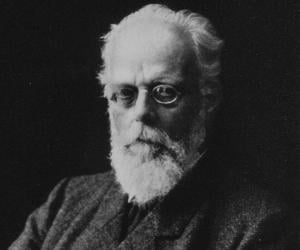
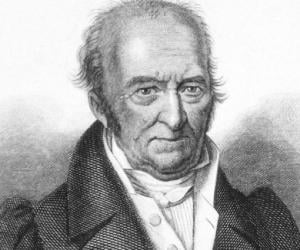
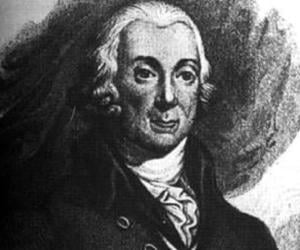
German naturalist Peter Simon Pallas was born to a professor of surgery and had, by age 15, formulated classifications of several animal groups. He chiefly worked in and around Russia, and is remembered for his 3-volume geological study, Journey Through Various Provinces of the Russian Empire.
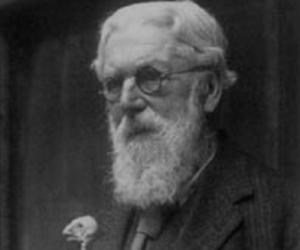
D'Arcy Wentworth Thompson was a Scottish mathematician, biologist, and classics scholar. A pioneer of mathematical biology, Thompson is best remembered for writing a book titled On Growth and Form, which is widely admired by architects, anthropologists, and biologists among others. Over the course of his illustrious career, D'Arcy Wentworth Thompson received several prestigious awards like the Daniel Giraud Elliot Medal.
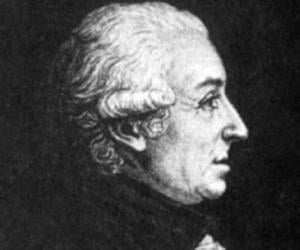
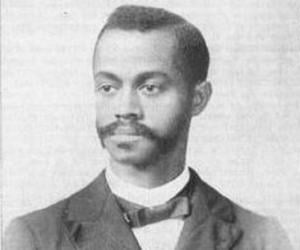
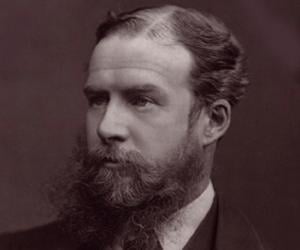
British banker John Lubbock, 1st Baron Avebury, better known as Sir John Lubbock, had also been an MP. However, he is best known for his contribution to ethnography and archaeology. He is also credited with coining the terms Paleolithic and Neolithic, and is known for his books on animal behavior.
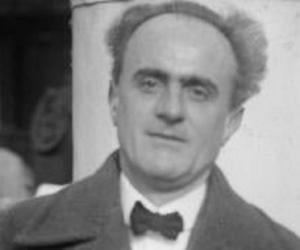
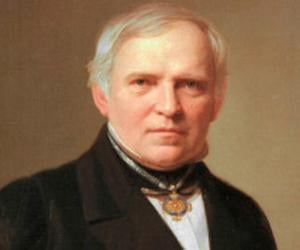
Christian Gottfried Ehrenberg was a German zoologist, naturalist, geologist, microscopist, and comparative anatomist. Regarded as one of the most popular and productive scientists of his generation, Ehrenberg was honored with several prestigious awards including the first Leeuwenhoek Medal in 1877.
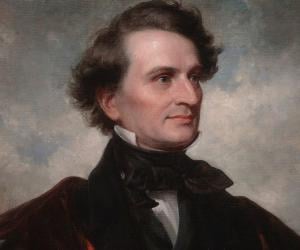
Copley Medal-winning US geologist and mineralogist James Dwight Dana is remembered for his path-breaking studies on topics such as mountain building, marine life, coral reefs, volcanic activity, and continents. A System of Mineralogy and Manual of Mineralogy are 2 of his iconic works, the latter of which became a standard text.
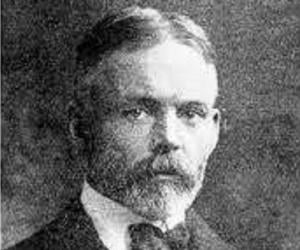
Edmund Beecher Wilson was an American geneticist and zoologist. He is credited with writing a textbook titled The Cell which is widely regarded as one of the most influential and important books in modern biology. Regarded as America's first cell biologist, Wilson is also credited with discovering the XY sex-determination system which is used to classify several mammals, including humans.
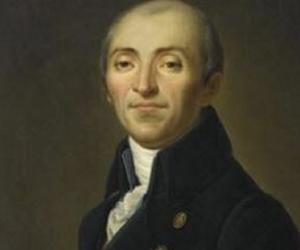
French naturalist Bernard Germain de Lacépède is best known for his contribution to fellow French naturalist Comte de Buffon's Histoire Naturelle. He enriched the world’s knowledge of fishes and reptiles. Following the rise of Napoleon, Lacépède joined the French Senate and later became a minister of Bourbon state.
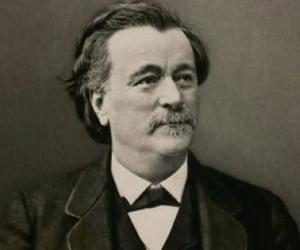
Paul Bert was a French physiologist, zoologist, and politician. Referred to as the Father of Aviation Medicine, Bert is best remembered for his 1878 work La Pression barometrique, which explains the physiological effects of air-pressure. Paul Bert is also credited with describing oxygen toxicity for the first time.
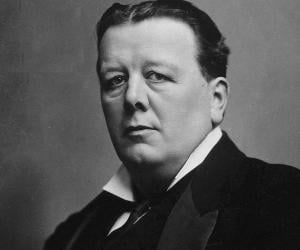
Ray Lankester was a British zoologist and evolutionary biologist. Lankester held chairs at Oxford University and University College London. He is also remembered for his association with the Natural History Museum, where he served as the third director. Ray Lankester was honored with several prestigious awards, including the Copley Medal.
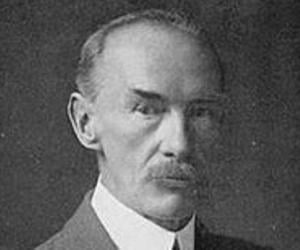
Reginald Innes Pocock was a British zoologist who started his career at the Natural History Museum as an assistant. During his time at the museum, which lasted 18 years, Pocock developed an interest in ornithology. He also published 200 papers, which earned him recognition as an authority on Myriapoda and Arachnida. Pocock later became the superintendent of the London Zoo.
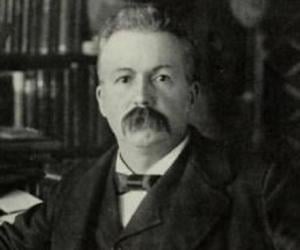
Clinton Hart Merriam was an American mammalogist, zoologist, ornithologist, ecologist, entomologist, geographer, ethnographer, physician, and naturalist. Referred to as the father of mammalogy, Merriam owned a private collection of mammal specimens. Clinton Hart Merriam is also credited with co-founding the National Geographic Society and the American Ornithologists' Union.
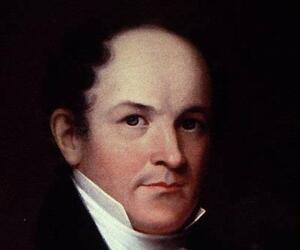
English botanist and naturalist Thomas Nuttal is best known for his popular volume The Genera of North American Plants. He later taught natural history at Harvard and also studied birds, eventually releasing a book on American birds, too. He also undertook a voyage to Columbia River and Hawaii.
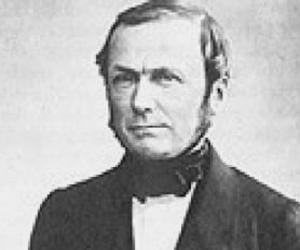
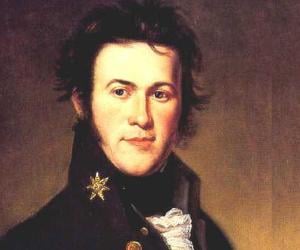
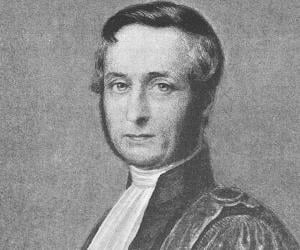
Félix Dujardin was a French biologist best remembered for his research on invertebrates, especially protozoans. He worked at the University of Toulouse, where he was a professor of mineralogy and geology. Félix Dujardin also taught botany and zoology at Rennes.
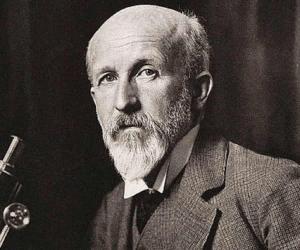
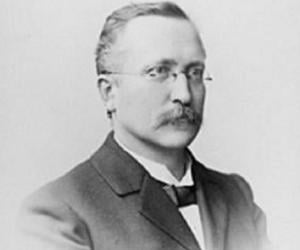
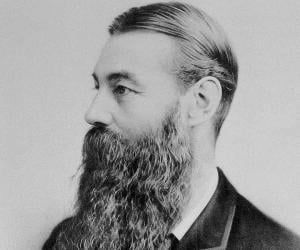
C. Lloyd Morgan was a British psychologist and ethologist. He is well-known for his famous theory of emergent evolution. C. Lloyd Morgan is also renowned for his experimental approach to animal psychology, which is now known as Morgan's Canon. Morgan's Canon or the principle or law of parsimony played a key role in the development of behaviourism.
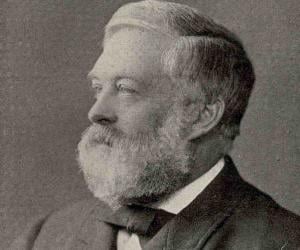
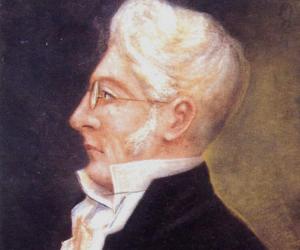
Peter Wilhelm Lund was a Danish paleontologist, zoologist, and archeologist. He spent most of his life working in Brazil and is considered the father of Brazilian paleontology as well as archaeology. He became the first person to describe dozens of species of pre-historic Pleistocene megafauna and discovered the fossilized remains of human beings among the remains of long-extinct species.
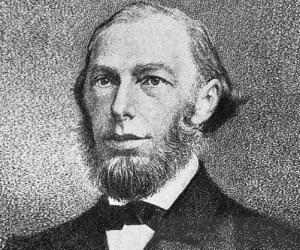
Max Schultze was a German microscopic anatomist best remembered for his work concerning cell theory. He is credited with coining many botanical names and the author abbreviation M.Schultze is generally used to indicate Max Schultze as the author when citing a named coined by him.
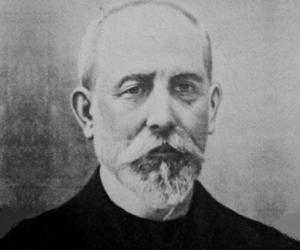
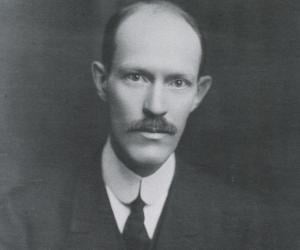
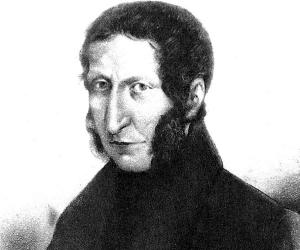
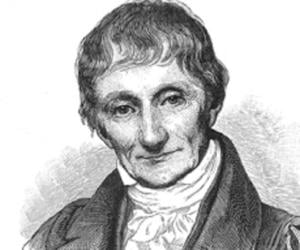
Best known for exploring the geology of the Tertiary Period, Alexandre Brongniart initially taught natural history and then became a professor of mineralogy. He also worked for the development of porcelain enameling in France. His other works include a classification of reptiles and the introduction of geologic dating.
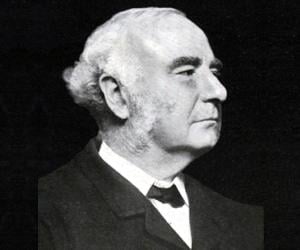
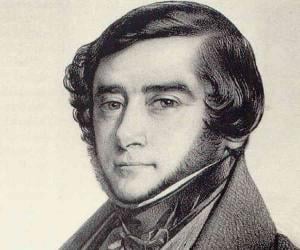
Alcide d'Orbigny is regarded as the founder of micropaleontology. The French paleontologist traveled for 8 years throughout South America, exploring its natural history and geology. His study of marine fossils, sedimentary rocks, and pollen was accompanied by his iconic written work Paléontologie française. He supported the theory of catastrophism.
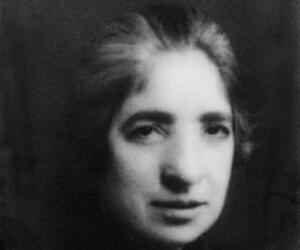
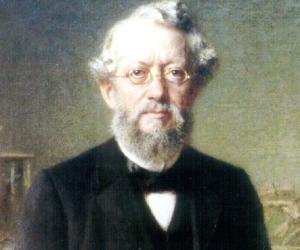
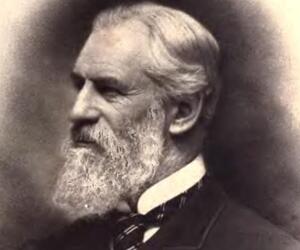
William Henry Flower was an English museum curator, surgeon, and comparative anatomist. A leading authority on mammals during his time, Flower went on to serve as the director of London's Natural History Museum. Although he is best remembered for his work on the primate brain, William Henry Flower was also an expert on the Cetacea.
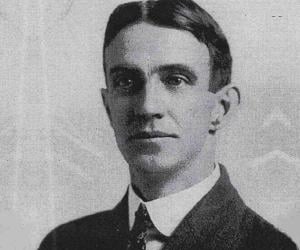
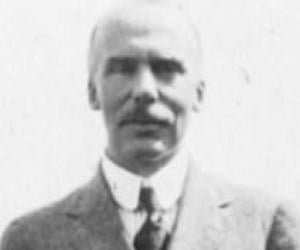
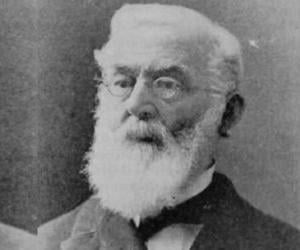
Best known for his contribution to the geosynclinal theory of mountain building, paleontologist and geologist James Hall had also taught at the Rensselaer Polytechnic Institute and worked at the Geological Survey of New York. The National Academy of Sciences member had also penned works such as The Paleontology of New York.

Otto Naegeli Prize-winning Swiss zoologist and endocrinologist Kitty Ponse was born to Dutch parents in the then-Dutch colony, Sumatra, present-day Indonesia. She moved to Switzerland at 8, and grew up to be a pioneering researcher of sex determination and differentiation in amphibians. She also co-founded the journal Acta Endocrinologica.
